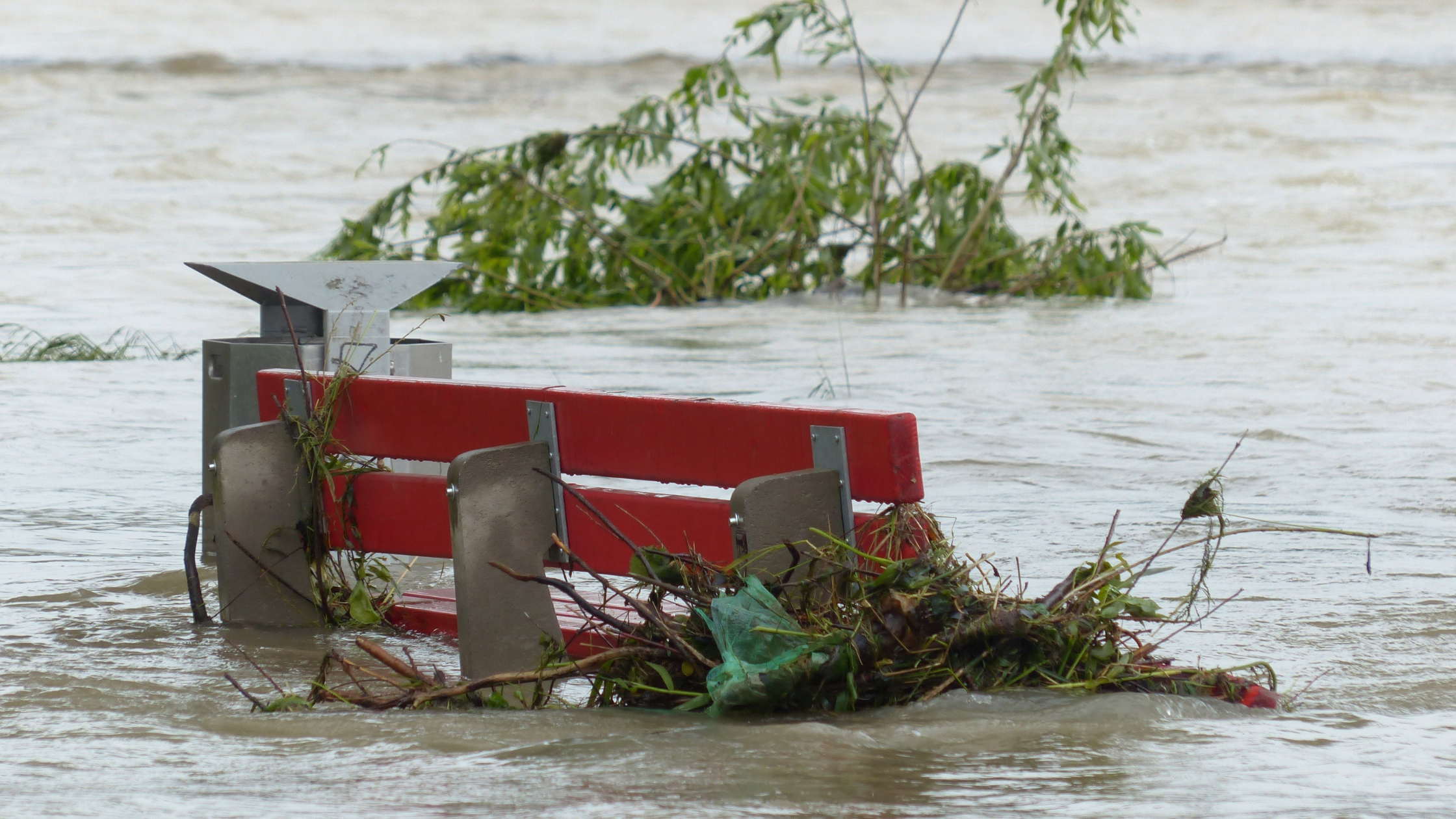It's summer storm season in the Eastern USA, with flooding that hurts communities and spreads pollutants through runoffs. Storm water infrastructure rates a grade of "D" from the American Society of Civil Engineers (ASCE). Many utilities don't have a plan to cope with flooding, and it's a big problem. Storm water management is crucial for the management of every utility.

In today's fast-paced operational landscape, utilities' field crews and management teams alike must take real-time decisions when hardly any real-time data from the field is available.
Does your utility have a plan? If you don't, you should.
Why is a plan needed? For greater customer satisfaction, reduction of operational costs, and smoother regulatory compliance.
In the coming weeks, we'll take a look at various storm water plans, but we won''t take a "one size fits all" approach. Penn State has a good primer you can see here: What is Storm Water?
Altering land-use leads to considerable changes in the natural drainage pattern. Storm water management creates a new pattern designed to handle the impacts. Storm water controls aim to reduce peak flows, flooding, erosion, and effects on receiving waters. This is accomplished by diverting, slowing and storing storm water runoff.
The goals are to increase infiltration, evaporation, and filtration of storm water. In order to achieve these goals, monitoring storm water controls is key.
Don't let operational stresses such as heavy rainfall, network blockage, and overloaded treatment plants prevent you from obtaining full visibility of your network and mitigating combine sewer or sanitary sewer overflow events.
For the full report from ASCE, take a look at Failing Grade for American Storm Water Infrastructure

